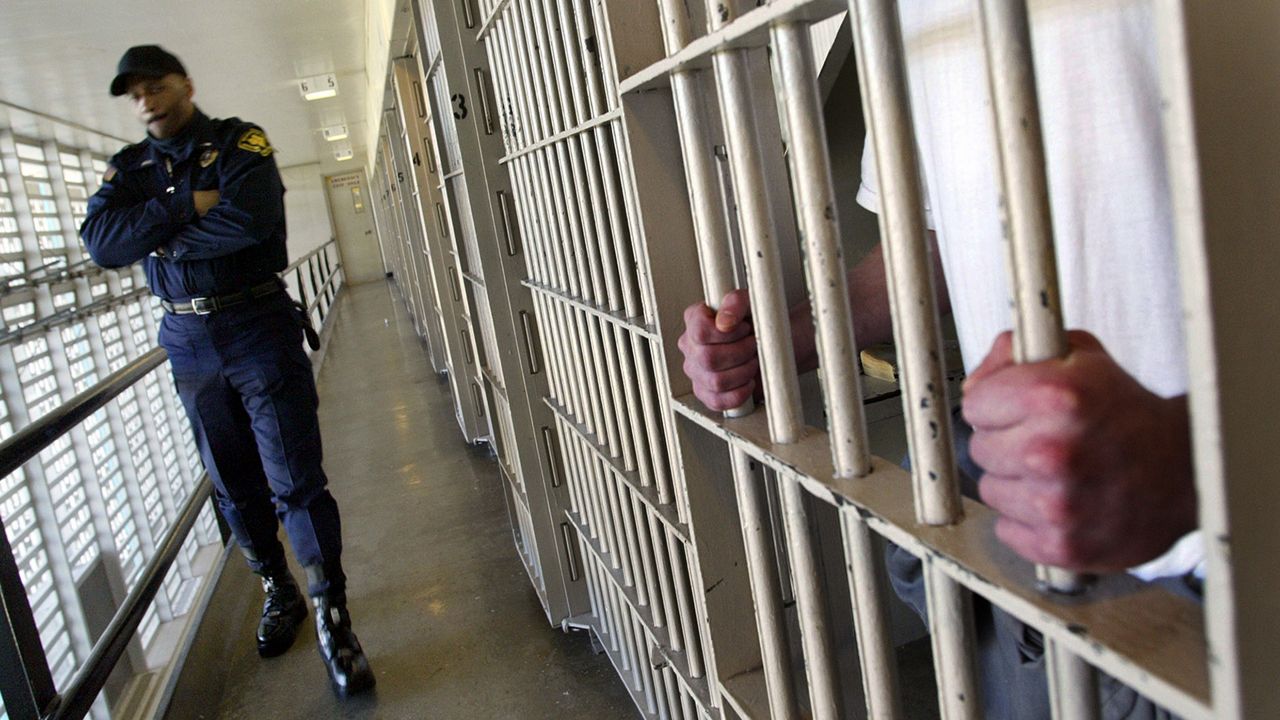New York's prison population between 2008 and 2021 declined by half, but the number of incarcerated people 50 years old and older has increased, a report released Thursday by state Comptroller Tom DiNapoli found.
The number of people age 50 and older during that 13-year timeframe increased slightly from 7,511 people to 7,586 people, the report found. But as a percentage of the state's decreasing prison population, the number of older people who are incarcerated has doubled during that time.
In 2008, about 12% of the state's 62,597 people in prison were age 50 and older. Since then, that share of the population has increased to 24.3% out of the 31,262 people incarcerated.
Criminal justice reform advocates have called for changes to the state's parole laws that would make it easier for people in prison to be released, including those who are older. Both measures have stalled in the state Legislature. The push to release older people from prison grew during the COVID-19 pandemic as the virus swept through prison facilities.
The older population has coincided with a 29% increase in health care costs for people in prison, averaging about $7,380 a year, a 29% increase from 2012 to 2020, the report found. Overall health care costs for the state prison system have on average cost about $350 million a year since 2012. At their peak, health care costs in the 2016-17 fiscal year stood at $400 million, DiNapoli's office found.
The Department of Corrections and Community Supervision pays nearly all of the costs for health care in New York prisons.
“The safe and efficient operation of the corrections system is critically important to protecting public safety, providing incarcerated individuals with opportunities to find success upon release and ensuring wise use of public resources,” DiNapoli said. “Since our initial 2017 report detailing the rise in the number of aging incarcerated individuals, we found that despite reductions in the overall size of the population, the share of older prisoners is increasing. In the months ahead, policymakers should examine opportunities to reduce the population of incarcerated individuals 50 and over where public safety would not be compromised.”
New York's prison population is at its lowest since the mid-1980s and the state over the last decade has closed multiple facilities. Four prisons are scheduled to close in March, and Gov. Kathy Hochul has acknowledged the economic toll the development could take on communities that have hosted the facilities for years.
But prison closures only explain part of why the state's population of incarcerated people is older than a decade ago. There has been a rise in the number of older people being admitted to prisons for a new offense or parole violation — an increase by an average of 3.5% between 2008 and 2020.
At the same time, changes to the state's criminal justice laws, including a repeal of stiffer drug sentences and legislation that transferred people under age 18 to facilities managed by the state Office of Children and Family Services have also played a factor. State prisons in March 2008 housed more than 200 people who were age 16 and 17. In March 2020, the number of people under 18 in a state prison had fallen to 26.
“The New York State Comptroller’s report highlights what so many incarcerated New Yorkers and their families already know," said Jose Saldana, the director of the Release Aging People in Prison. "There is a growing crisis of aging in New York State prisons. Even while the overall prison population decreases, the incarceration of older adults continues to increase, robbing communities across New York State of elders who can be safely released, mentor young people, interrupt violence, provide peer-counseling to people with substance use disorder, and promote safety. We continue our calls for the New York State legislature to pass the Elder Parole and the Fair & Timely Parole bills and for Governor Hochul to grant clemency to effectively address this crisis.”



